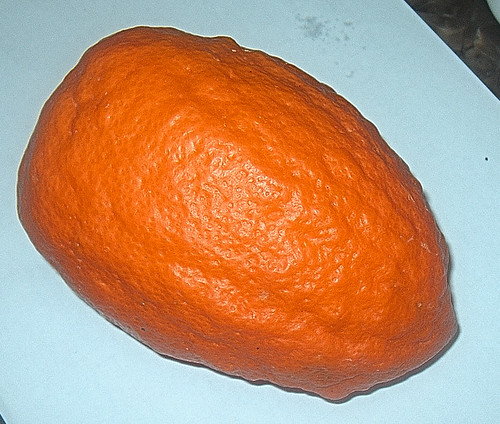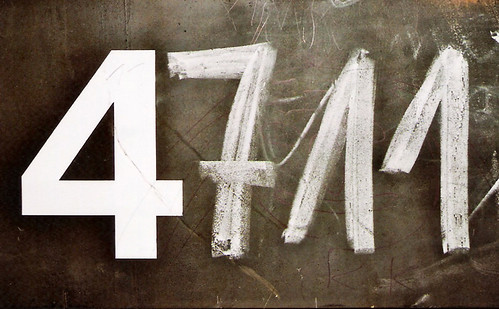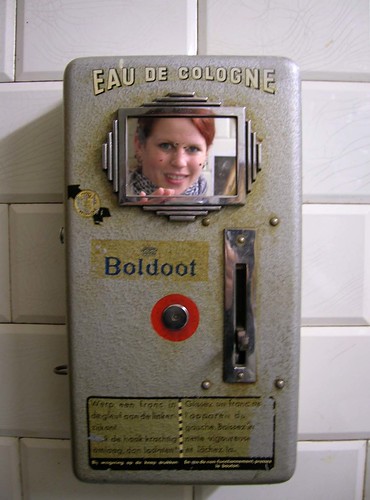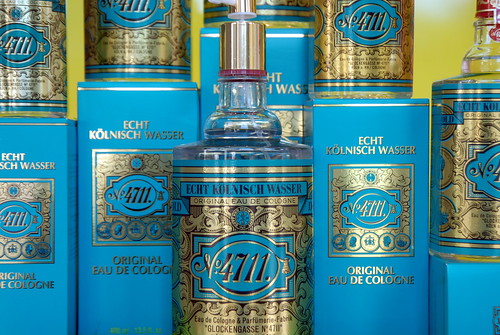Florida Water
It was a hot day, and I was stressed out running too many simultaneous projects in preparation for yet another long trip (I think I've turned into one of those creatures who "divide their time" between more two or more places. It sounds enticing on paper; but is uber-stressful in reality.
I splashed a generous dose all over my wrists and spilled some more on my white shirt. That Florida Water was refreshing yet calming; familiar yet strange. Minty citrus eau-de-colonge type mingled with intense spicy notes of cassia and cloves, a combination that inevitably brings to mind the popular coke beverages (based on the contrast between lime, cassia bark and clove buds) - but not so much that it makes you feel sticky. By the looks of the bottle though, you'd think it's a flavouring syrup for sherberts or sodas, what with the rather squishy plastic bottle and all...
Apparently, this delightful little piece of fragrant history (formulation dating more than 100 years ago, in 1908 - though Florida Waters have been around as early as the beginning as the 1800's) can be had for $20 in Latin stores on Commercial Drive - and even cheaper than this online. I decided to trace back that formula and try to blend it myself this morning at my studio. The morning kinda turned into night and here I am reporting at the end of yet another rather hectic day!
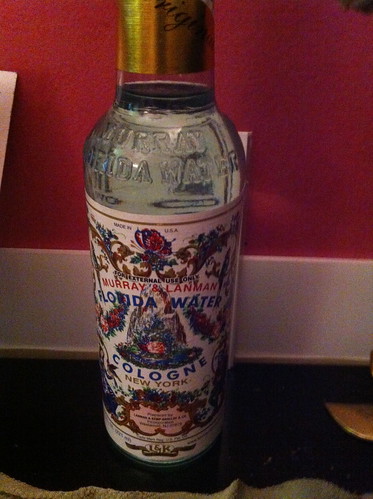
Poucher divulges two formulations, slightly differing from one another, both appear on page 325 in my 1959 edition of the 2nd volume:
No. 1181
15 Lavender oil, French
5 Portugal oil
25 Bergamot oil
10 Petitgrain oil, Paraguay
1 Eugenol
1 Cinnamic aldehyde
5 Rose geranium oil
2 Oleo-resin orris
1 Musk ambrette
200 Orange flower water triple
800 Alcohol, 90 per cent
-----
1065
No. 1182
5 Neroli oil, bigarade
5 lavender oil, English
30 Bergamot oil
2 Limes oil
2 Cloves oil
3 Cassia oil
1 Cinnamon oil
5 Rose otto, synthetic
2 Amber, synthetic
100 Orange flower water triple
900 Alcohol, 90 per cent
----
1055
I decided to set off to make my own formula, based primarily on the 2nd version (as Poucher considered its result to be a "better product", yet substitute the synthetic rose otto with the real thing (Bulgarian rose otto, to be exact). Additionally, and most naturally, my amber bases aren't synthetic either, and the one I used is my own secret formula (well, it's not that secret, as I've shared it with numerous students: I've decided to use what I call "Amber No. 3").
While both are pleasant enough, and I can only imagine how wonderful they will behave if refrigerated and splashed on the skin on a hot day - they are still rather simplistic, and lack the bracing mintiness that I loved about that Murray & Lanman formulation. They read more as cosmetic preparations (Perhaps facial tonic or an aftershave?). I'll try to pick up a "copy" at the Latin grocery stores on the Drive tomorrow, and if I'm lucky will also try to make my own "Commercial Drive" rendition of this all-American eau.



